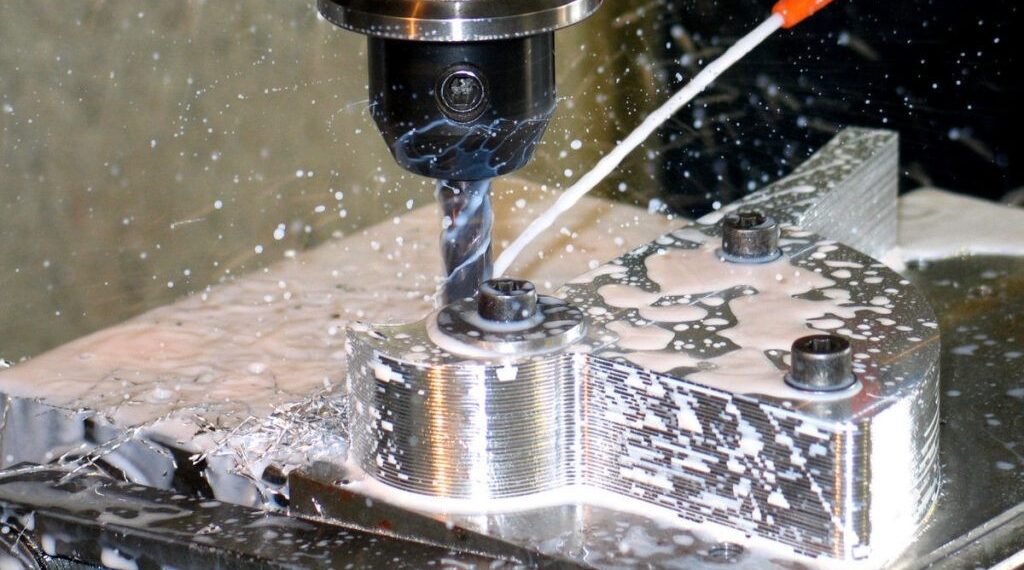Stainless Steel Casting: Precision and Durability in Manufacturing

Four considerations for stainless steel casting
(1) In order to prevent the white hole from being generated during the Stainless steel casting, in addition to the measures taken in the process, the wall thickness must not be too thin (some materials indicate that when the wall thickness is 15 mm or more, the corner of the casting with metal type must be For rounding, the casting fillet of aluminum alloy and magnesium alloy metal castings should not be less than 3-4m. For casting cast iron, cast steel and copper alloy metal castings, see Table 1.1-32; (2) Due to the metal type and core non-consistency, in order to facilitate the removal of castings and extraction type, the casting inclination of stainless steel castings should be larger than that of sand castings, generally 30%-50%, it should be noted that: casting In addition to the type of alloy and the height of the wall, the degree of slope is also related to the position of the surface of the casting. Any surface of the casting that has a tendency to detach from the surface of the metal when the casting is cooled and contracted can be designed with a small slope and shrink in the casting. The surface of the casting that tends to be pressed against the metal mold should be given a large inclination, and the casting inclination of the stainless steel casting of various alloys; (3) Due to the rapid heat dissipation of the metal type, the minimum wall thickness of the Stainless steel casting should be larger than that of the sand casting casting, and the minimum wall thickness of various casting alloys and castings of different sizes; (4) The thickness of the inner wall and inner rib of the stainless steel casting casting should generally be 0.6-0.7 of the thickness of the connected outer wall. Otherwise, since the inner wall (rib) is cold, the crack is likely to occur at the intersection of the inner and outer walls when the casting shrinks.